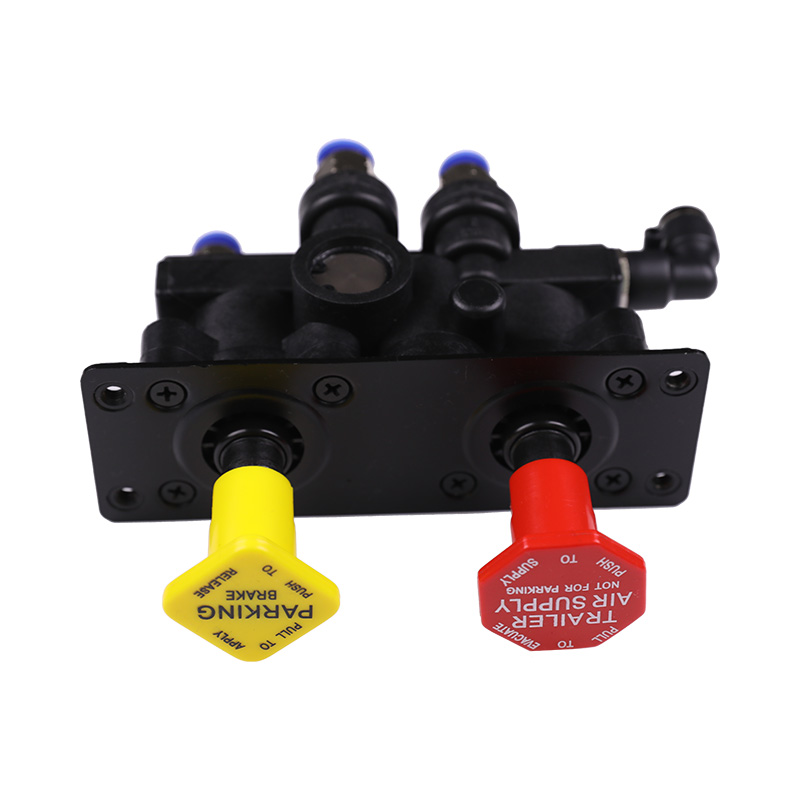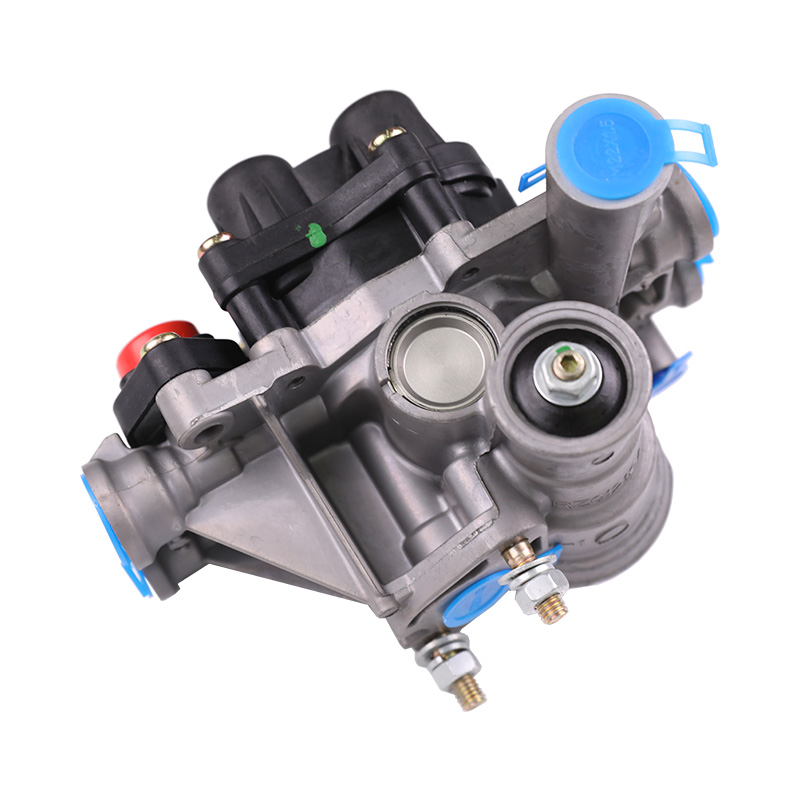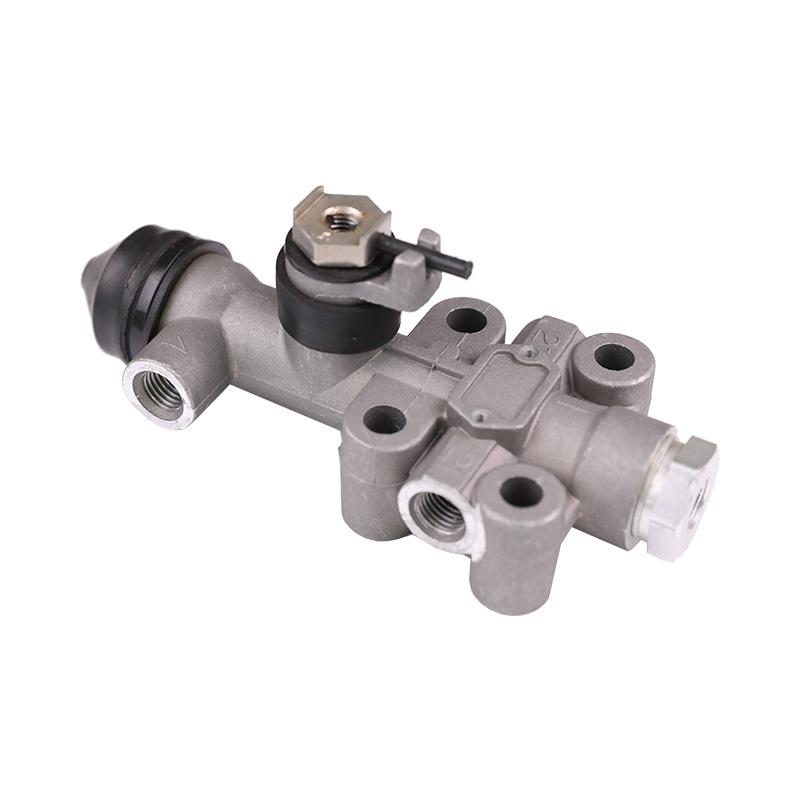Air brake systems are widely used in medium and heavy commercial vehicles. They use compressed air as a power source to drive the brake mechanism. During the operation of the system, a certain amount of water vapor is inevitably contained in the compressed air, and condensed water will form in the brake air pipe as the temperature changes. If the condensed water is not effectively discharged, it will have many adverse effects on the safety and stability of the air brake system.
Causes of condensed water formation
Compressed air comes from the ambient atmosphere, which already contains moisture. The air temperature rises during the compression process, and gradually cools after entering the air reservoir. The water vapor condenses into liquid water and deposits on the bottom of the pipeline and the air storage device. When the temperature drops sharply or the system starts and stops frequently, the temperature difference in the air pipe will aggravate the condensation phenomenon and cause moisture accumulation. Although the air dryer can filter out some moisture, it cannot completely prevent the generation of condensed water, especially in cold and humid climates.
Corrosion of metal pipelines and system components
Condensed water stays in the metal brake air pipe for a long time, which will cause oxidation corrosion of the inner wall, forming rust spots and metal peeling. Rust particles enter the brake components with the air flow, which will cause internal wear or blockage of valve bodies, brake air chambers and other components. In addition, condensed water will corrode key parts such as the welds of the air tank and the valve interface, increase the risk of system leakage, and in severe cases may cause accidents such as the explosion of the air tank.
Affecting the efficiency of air pressure transmission
Condensed water deposits in the air pipe, which will occupy the air path space and cause the air pressure transmission path to be narrow. When the airflow passes through the water-containing pipe section, it is easy to form turbulence, resulting in a decrease in transmission efficiency and delayed air pressure response time. Especially during the braking process, the lag in air pressure transmission will affect the synchronization of the brake air chamber, resulting in asynchronous braking of the front and rear axles, inducing brake deviation, drag and other phenomena.
Causing brake valves and control components to get stuck
Condensed water enters the brake valve, proportional valve, relay valve and other precision control components with compressed air, which may cause internal corrosion or reduced lubrication performance. When moving parts such as valve cores and pistons are stuck by rust, the braking command will not be accurately transmitted, resulting in ineffective braking and slow release. If some control valves are stuck due to freezing of water, it may cause system failure, seriously affecting driving safety.
Increase the impurity content of the gas
Condensate usually mixes with oil and dust to form an emulsion, which adheres to the inner wall of the air pipe and the valve body channel to form dirt and carbon deposits. These impurities easily block the channel and reduce the life of the seal, and at the same time cause problems such as brake valve leakage and relay valve failure. When impurities are mixed into the air chamber, they will corrode the diaphragm, contaminate the piston seal, shorten the service life of the air chamber, and increase maintenance costs.
Cause system freezing in low temperature environment
In winter or in high-cold areas, condensate in the air pipe may freeze due to low temperatures. Ice cubes will directly block the pipe or valve, causing airflow interruption and paralysis of the entire air brake system. Freezing may also damage the valve body structure or break the sealing element, causing irreversible damage. Some pipes are broken due to ice expansion, and the entire air path system needs to be replaced, which increases the difficulty and cost of maintenance.
Reduce the working efficiency of the air dryer
Too much condensate will accelerate the saturation of the adsorbent inside the air dryer, reducing its drying efficiency. Once the adsorbent is saturated and cannot be replaced in time, more water will enter the air path, forming a vicious cycle. At the same time, impurities in the condensed water will also be deposited at the dryer exhaust port or inside the solenoid valve, resulting in poor exhaust or reverse leakage of the dryer, further weakening the water removal capacity.






